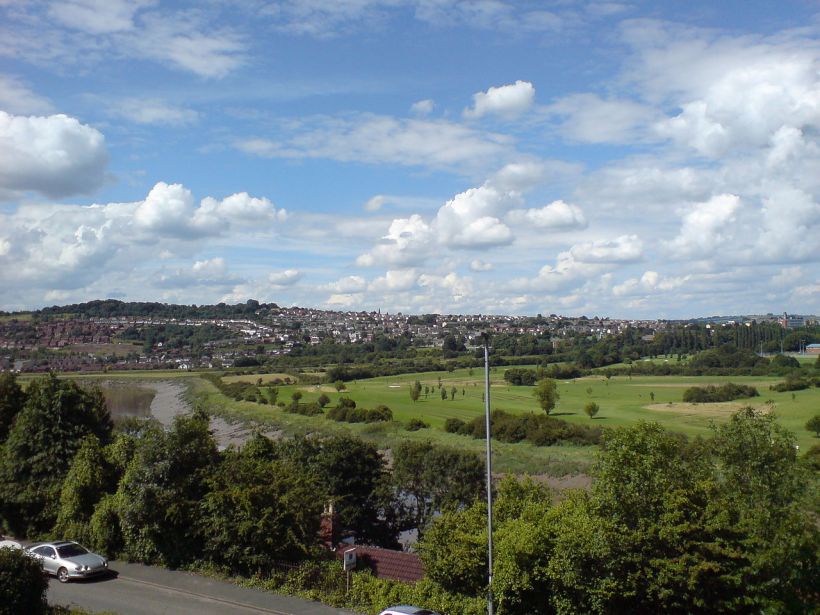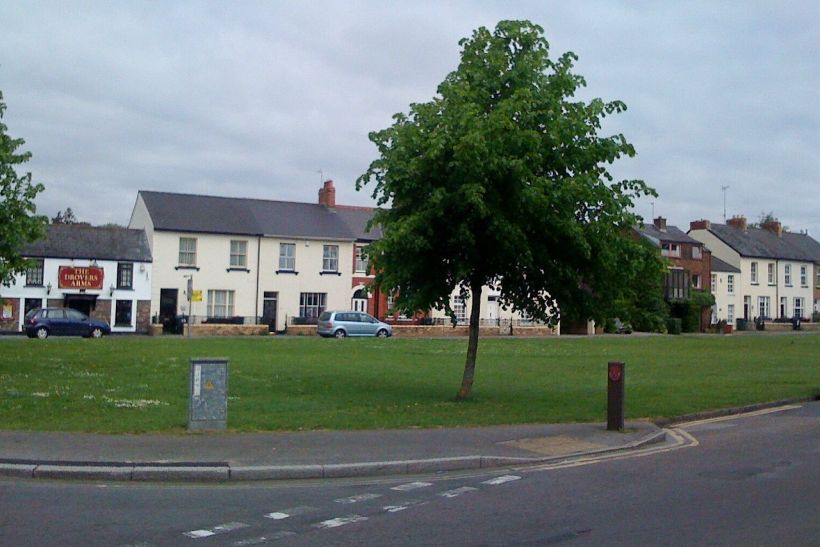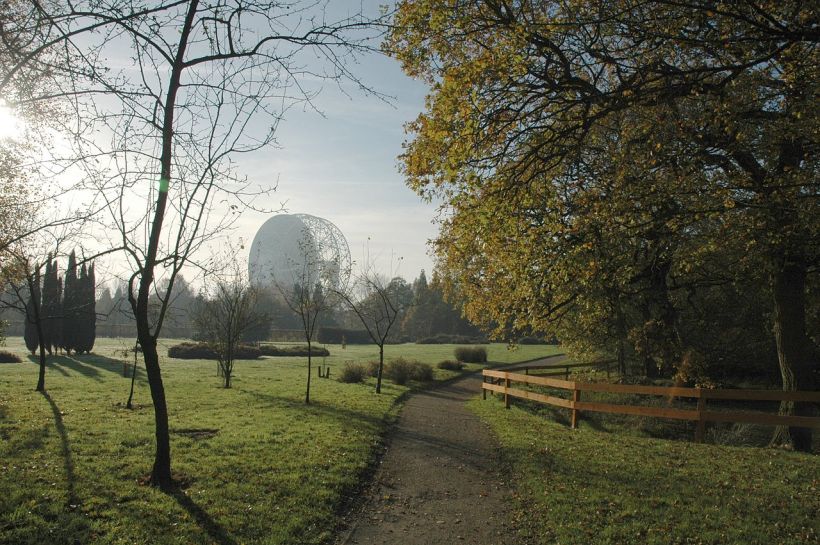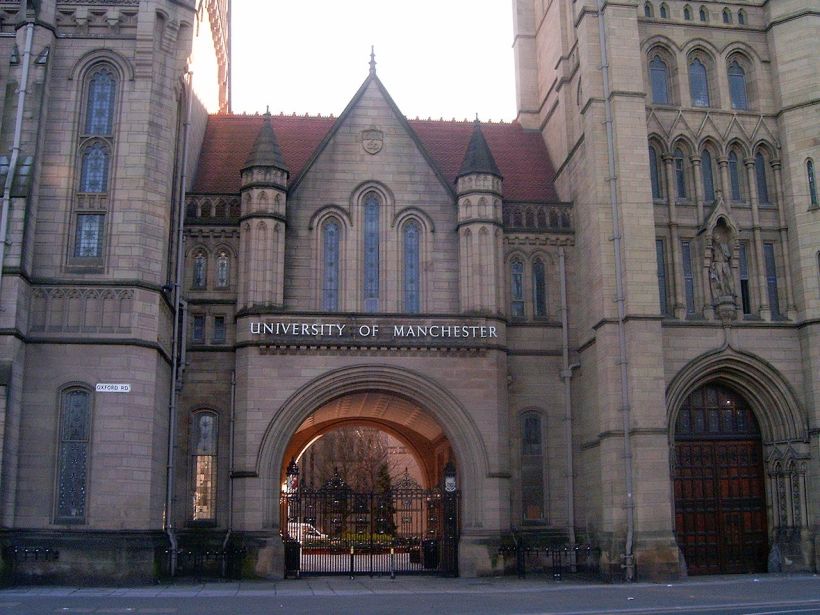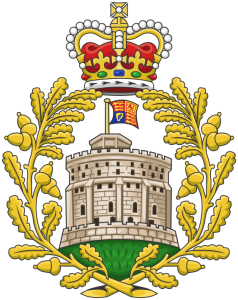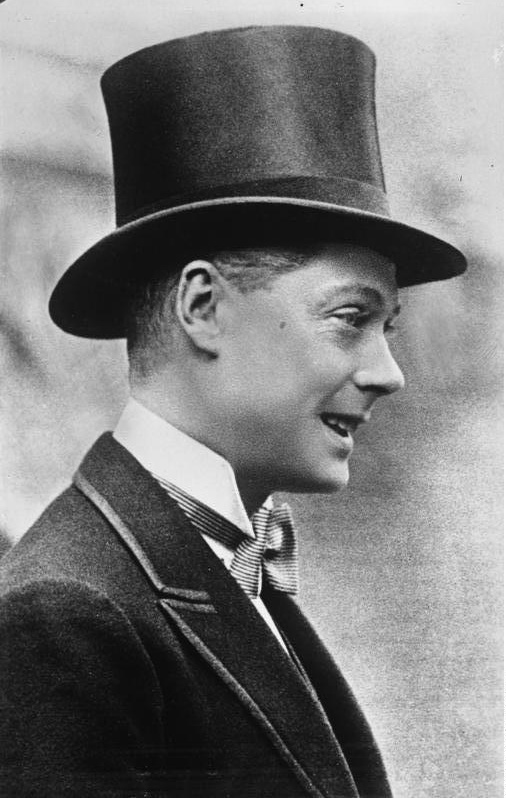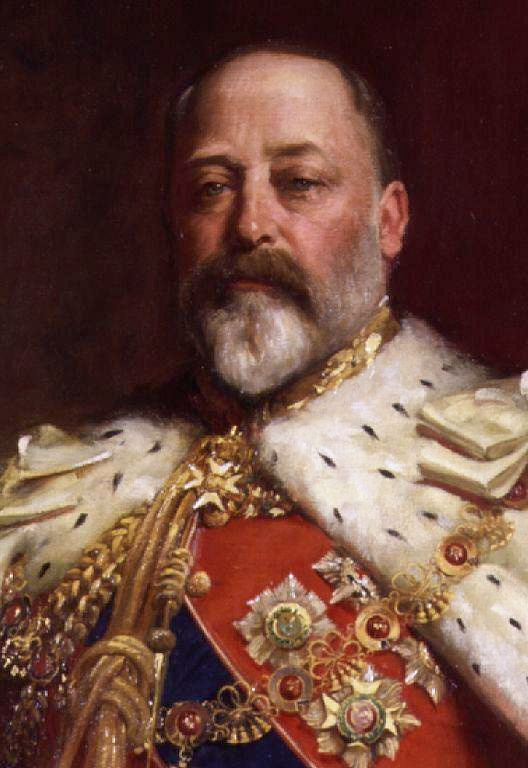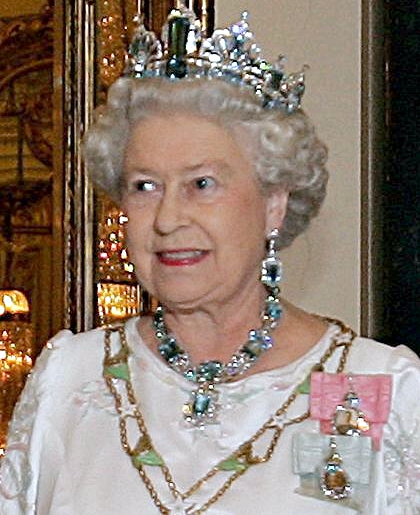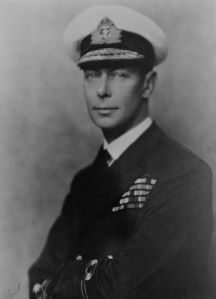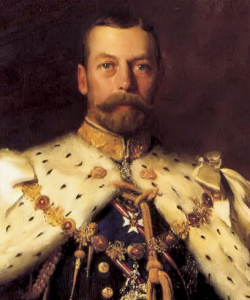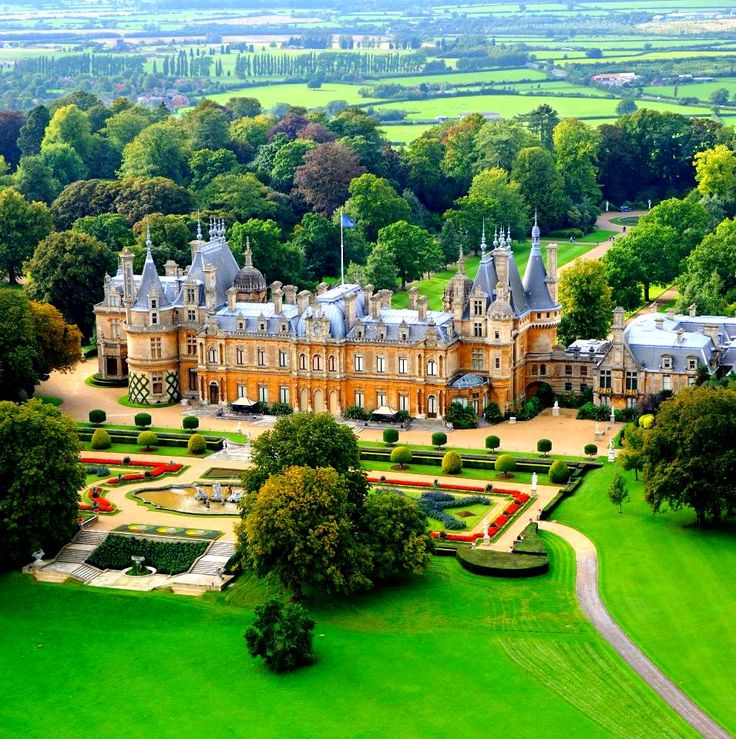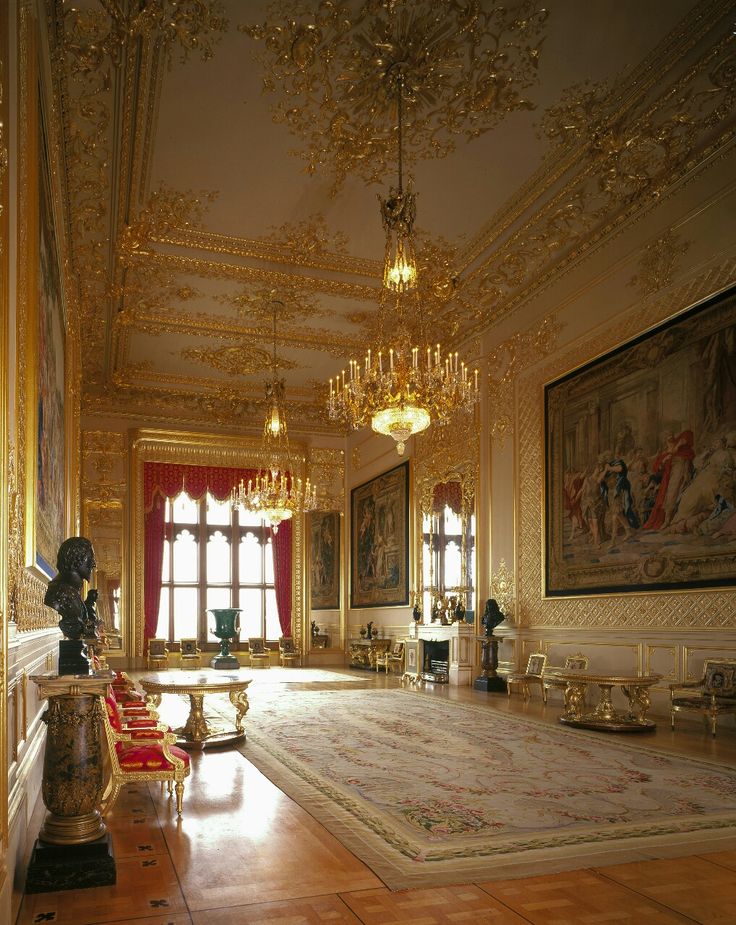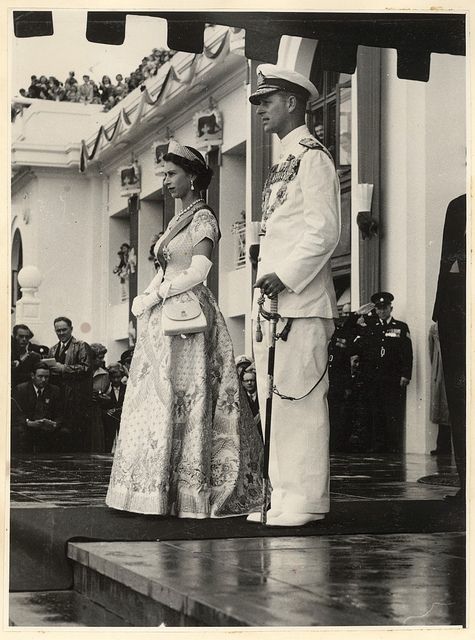Caerleon es una villa situada en la ribera del río Usk, en el sur de Gales, Reino Unido. El actual nombre de Caerleon procede del galés, lengua en la que significa “fuerte de las legiones”.
Tiene una gran importancia arqueológica, por poseer vestigios de la edad de hierro y construcciones del Imperio romano (Isca Augusta). La leyenda del Rey Arturo fue originaria de allí, donde podría haber surgido a partir de la tribu romanizada de los silures, que lucharon contra la invasión sajona.
Universidad de Mánchester
| University of Manchester | ||
|---|---|---|
| Universidad de Mánchester | ||
 |
||
| Lema | ‘Cognitio, Sapientia, Humanitas’ | |
| Tipo | Pública | |
| Fundación | 2004 (1824) | |
| Localización | ||
| Dirección | Oxford Road, Manchester, M13 9PL, UK |
|
| Coordenadas | 53°27′56″N 2°14′01″OCoordenadas: 53°27′56″N 2°14′01″O (mapa) | |
| Academia | ||
| Estudiantes | 39.1651 | |
| Sitio web | ||
| Universidad de Mánchester] | ||
| [editar datos en Wikidata] | ||
La Universidad de Mánchester, fue fundada en 1824 y es la más grande universidad de la ciudad de Mánchester, Inglaterra, y también la más grande por número de alumnos en elReino Unido. La actual Universidad de Mánchester se conformó oficialmente en el año 2004 mediante la fusión de la Universidad Victoria de Mánchester (conocida como Universidad de Mánchester, antes de la fusión) y el University of Manchester Institute of Science and Technology (UMIST). Con alrededor de 39 000 alumnos (en 2012), la Universidad de Mánchester tiene el número más grande de estudiantes a tiempo completo de todo el Reino Unido, siendo solamente superada por la Universidad de Londres si sus universidades se cuentan como una sola universidad. De igual manera, la Universidad de Mánchester cuenta con la mayor oferta de cursos académicos (pre y post-grado) entre todas las universidades británicas.
Casa de Windsor
| Casa de Windsor | ||
|---|---|---|
 |
||
| Ubicación | ||
| Casa materna | Wettin → Sajonia-Coburgo-Gotha | |
| Fundador | Jorge V | |
| Jefe actual | Isabel II | |
| Fundación | 1917 | |
| [editar datos en Wikidata] | ||
La Casa de Windsor, previamente llamada Casa de Sajonia-Coburgo-Gotha (en alemán:Sachsen-Coburg und Gotha), es la Casa Real del Reino Unido de Gran Bretaña e Irlanda del Norte que fue renombrada el 17 de julio de 1917 por el rey Jorge V, en el transcurso de laPrimera Guerra Mundial. Dado el origen germánico del anterior nombre y debido a que entonces el Reino Unido estaba en guerra contra Alemania, decidió adoptar el nombre británico de Windsor por una proclamación real.1 El miembro más prominente de la Casa esIsabel II, monarca reinante.2
§Casa de Sajonia-Coburgo-Gotha
El 10 de febrero de 1840, la reina Victoria I del Reino Unido, de la Casa Real de Hannover, se casó con Alberto de Sajonia-Coburgo-Gotha. El hijo de ambos, Eduardo VII (1841–1910), se convirtió, a la muerte de su madre, en el primer rey de la Casa de Sajonia-Coburgo-Gotha en el Reino Unido, desapareciendo así la Casa de Hannover en el Reino Unido. Hay que tener en cuenta que el apellido original de todas las ramas de príncipes de Sajonia es Wettin, aunque éste no ha sido utilizado nunca por los reyes de Gran Bretaña de esta familia.
Le sucedió su hijo Jorge V del Reino Unido (1865–1936). Separada ya completamente la dinastía de sus orígenes alemanes, en 1917 cambió su denominación oficial por la de Casa de Windsor (que alude al palacio real de dicha ciudad inglesa, construido por Jorge III del Reino Unido sobre el emplazamiento de una residencia empleada por los reyes desde elsiglo XI), denominación que han conservado los monarcas británicos hasta la actualidad. Bajo su reinado se produjo la independencia de la mayor parte de Irlanda (1922). Le sucedió fugazmente su hijo Eduardo VIII del Reino Unido (1894–1972), cuyo matrimonio morganático con Wallis Simpson, con la que mantenía relaciones antes del segundo divorcio de ésta, lo obligó a abdicar el mismo año de su acceso al trono (1936) en favor de su hermanoJorge VI (1895–1952).
Éste, superados sus problemas de tartamudez, mala salud y timidez extrema, llegó a ser un rey muy popular, sobre todo por la dignidad con la que hizo frente a la Segunda Guerra Mundial (1939–1945), permaneciendo en Londres para compartir la suerte de sus súbditos bajo los bombardeos alemanes, visitando los frentes de guerra para elevar la moral de las tropas y esforzándose por reforzar su amistad personal con el presidente Roosevelt para ahuyentar la tentación aislacionista de Estados Unidos. En la posguerra desempeñó con total lealtad su papel de rey parlamentario, colaborando con el gobierno laborista. Hubo de asumir los inicios de la descolonización del Imperio británico (independencia de la India, 1947).
Dejó el trono completamente asegurado para su hija Isabel II del Reino Unido, actual soberana británica. Su reinado continuó el proceso (todavía inconcluso) dedescolonizacióniniciado por su padre y con una crisis en la imagen de la dinastía, causada por los desgraciados matrimonios de sus hijos, tres de los cuales acabaron en divorcio, incluido el del príncipe heredero Carlos.
______________________ _____________________ ___________________________
House of Windsor
| House of Windsor | ||
|---|---|---|
 |
||
| Location | ||
| Mother House | Wettin → Saxe-Coburg-Gotha | |
| Founder | George V | |
| Current owner | Isabel II | |
| Foundation | 1917 | |
| [ edit data in Wikidata ] | ||
The House of Windsor , previously called House of Saxe-Coburg-Gotha (in German :Sachsen-Coburg und Gotha ), is the Royal House of the United Kingdom of Great Britain and Northern Ireland which was renamed the 17th July of 1917 by the King George V , in the course of the First World War . Given the previous name of Germanic origin and since then the United Kingdom was at war with Germany , decided to adopt the British name of Windsor by a royal proclamation. 1 The most prominent member of the House is Isabel II , the reigning monarch. 2
§House of Saxe-Coburg-Gotha
On February 10 of 1840 , Queen Victoria of the United Kingdom , the Royal House of Hanover , married Albert, Prince Consort . Their son, Edward VII ( 1841 – 1910 ), became, after the death of his mother, the first king of the House of Saxe-Coburg-Gotha in the United Kingdom and the House of Hanover disappearing in the United united . Keep in mind that the original name of all branches of the princes of Saxony is Wettin , although this was never used by the kings of Britain this family.
He was succeeded by his son George V of the United Kingdom ( 1865 – 1936 ). Separate and completely Dynasty its German origins, in 1917 changed its official name to House of Windsor (referring to the royal palace of the English town, built by George III of the United Kingdom on the site of a residence used by the kings from the eleventh century ), a name that British monarchs have preserved until today. Under his reign occurred the independence of most of Ireland ( 1922 ). He briefly succeeded by his son Edward VIII of the United Kingdom ( 1894 – 1972 ), whose morganatic marriage to Wallis Simpson , with whom he had intercourse before this second divorce, forced him to abdicate the year of his accession ( 1936 ) in favor of his brother George VI ( 1895 – 1952 ).
This, overcome his stutter, poor health and extreme shyness, became a popular king, especially for the dignity with which faced the Second World War ( 1939 – 1945 ), staying inLondon to share the fate of his subjects under German bombing, visiting the war fronts to boost the morale of the troops and striving to strengthen their personal friendship with President Roosevelt to ward off temptation isolationism of the United States . In thepostwar played with total loyalty King parliamentary role, working with the Labour government.There was assuming the beginnings of the decolonization of the British Empire(independence of India , 1947 ).
He left the fully insured throne for his daughter Elizabeth II of the United Kingdom , current British sovereign. His reign continued the process (still unfinished) of decolonization begun by his father and a crisis in the image of the dynasty, caused by unhappy marriages of their children, three of which ended in divorce, including Crown Prince Carlos.
Caerleon
- The city of Chester was also historically called Caerleon. For the champion racehorse, seeCaerleon II
| Caerleon | |
| Welsh: Caerllion | |
 A view of Caerleon from St Julians, Newport |
|
|
|
|
| Population | 8,061 (2011 census) |
|---|---|
| OS grid reference | ST336909 |
| Principal area | Newport |
| Ceremonial county | Gwent |
| Country | Wales |
| Sovereign state | United Kingdom |
| Post town | NEWPORT |
| Postcode district | NP18 |
| Dialling code | 01633 |
| Police | Gwent |
| Fire | South Wales |
| Ambulance | Welsh |
| EU Parliament | Wales |
| UK Parliament | Newport West |
Caerleon (/kərˈliːən/; Welsh: Caerllion) is a suburban village and community, situated on the River Usk [1] in the northern outskirts of the city of Newport, South Wales. Caerleon is a site of archaeological importance, being the site of a notable Roman legionary fortress, Isca Augusta, and an Iron Age hill fort. The Wales National Roman Legion Museum and Roman Baths Museum are in Caerleon close to the remains of Isca Augusta. The town also has strong literary associations, as Geoffrey of Monmouth makes Caerleon one of the most important cities in Britain in his Historia Regum Britanniæ, and Alfred Lord Tennyson wroteIdylls of the King while staying there.
HISTORY
Roman fortress
Caerleon is a site of considerable archaeological importance as the location of a Romanlegionary fortress or castra. It was the headquarters for Legio II Augusta from about 75 to 300 AD, and the site of an Iron Age hill fort. The Romans called the site Isca after the River Usk (Welsh Wysg). The name Caerleon may derive from the Welsh for “fortress of thelegion“; around 800 AD it was referred to as Cair Legeion guar Uisc.[2]
Substantial excavated Roman remains can be seen, including the military amphitheatre,thermae (baths) and barracks occupied by the Roman Legion. In August 2011 the remains of a Roman harbour were discovered in Caerleon.[3] According to Gildas, followed by Bede, Roman Caerleon was the site of two early Christian martyrdoms, those ofJulius and Aaron. Recent finds suggest Roman occupation of some kind as late as AD 380.[4] Roman remains have also been discovered at The Mynde, itself a distinctive historical site.[5]
§Middle Ages
During the Middle Ages, after the Romans had left Britain, Caerleon or nearby Venta Silurum (now Caerwent) was the administrative centre of the Kingdom of Gwent. The parish church, St Cadoc’s was founded on the site of the legionary headquarters building probably sometime in the 6th century. A Norman-style motte and bailey castle was built outside the eastern corner of the old Roman fort, probably by the Welsh Lord of Caerleon, Caradog ap Gruffydd. It was held in 1086 by Turstin FitzRolf, standard bearer to William the Conqueror at Hastings. From the apparent banishment of Turstin by William II, it was held from 1088 by Wynebald de Ballon, brother of Hamelin de Ballon who held Abergavennyfurther up the River Usk. Battles raged between the Welsh and Normans and in 1171 Iorwerth ab Owain and his two sons destroyed the town of Caerleon and burned the Castle. Caerleon was an important market and port and presumably became a borough by 1171, although no independent charters exist. Both castle and borough were seized byWilliam Marshal in 1217 and Caerleon castle was rebuilt in stone. The remains of many of the old Roman buildings stood to some height until this time and were probably demolished for their building materials.
§The Welsh Revolt
During the Welsh Revolt in 1402 Rhys Gethin, General for Owain Glyndŵr, took Caerleon Castle together with those of Newport, Cardiff, Llandaff, Abergavenny, Caerphilly and Usk by force.[6] This was probably the last time Caerleon castle was ruined, though the walls were still standing in 1537 and the castle ruins only finally collapsed in 1739 – their most obvious remnant is the Round Tower at the Hanbury Arms public house. The Tower is a Grade II* listed building.[7]
§English Civil War
Across the Afon Llwyd from Caerleon, in the region of Penrhos Farm, are two English Civil War forts. In 1648 Oliver Cromwell‘s troops camped overnight on Christchurch Hill, overlooking Newport, before their attack on Newport Castle the next day.
Fuente:
